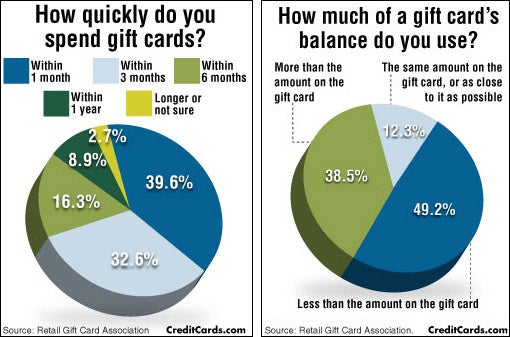Engraved glass awards evoke an unwavering spirit of dedication and excellence. They foster a culture of recognition that goes beyond ordered borders.
Wheel inscription is displayed on a goblet most likely made in the 1700s covered with detailed Chinese-style concepts. These motifs announced loyalty to the Jacobite reason. This is an impressive example of how imported Oriental products affected European layout fads.
Beginnings
As glassmaking became much more advanced, engravers knew that a layout included in a piece of glass transformed it from functional into desirable. They explore a selection of damaging, abrading and reducing techniques.
The most experienced engravers created great in-depth job. Anna Roemers Visscher, that was a glass cutter and engraver, was renowned for her fragile blossoms, motivated by the nature publications popular in her time.
Engravers also carved fine linework into glass. By the end of the 17th century, engravers had begun to abandon linear clarity in favour of crosshatched chiaroscuro effects. One of the earliest examples is tape-recorded on a jug by a Rotterdam engraver who signed his work with a doodled flexibility and vigour that lifted it above the rest.
Engraving continued to be a popular technique, although it was increasingly eclipsed by cut glass and new techniques such as etching, which was cheaper than engraving. However, economic pressures after c1905, together with decreasing top quality of cut glass, saw a surge in the appeal of personalized glass, called rock crystal.
Methods
Glassmakers utilized a range of methods to mark or embellish the surface of a vessel, frequently combining different methods. One strategy called stipple inscription, as an example, makes use of a factor of tungsten or diamond to make small dots on the glass surface which create contrasting white lines when light shines via them.
Personalized glass honors are treasured for their beauty and eminence. They show the deep esteem and respect that companies hold for their staff members and cultivate a society of excellence.
The translucency of glass embodies the transparency and sincerity of business recognition, encouraging recipients to analyze their success and assess their journey in the organization. In addition, the capacity of personalized glass to show customized text and images enables the development of highly unique and purposeful honors that evoke the sense of greatness connected with this amazing material.
Designs
From the smooth lines of business awards to the engraved text on glass trophies, inscribed crystal is a classy sign of recognition. Whether presented on someone's workdesk or kept as a keepsake, these tailored items convey a feeling of reputation and professionalism and trust that is challenging to find in various other materials.
The style of personalized glass has changed with time to show changing preferences and technical advancements. The old method of copper-wheel engraving has actually resisted predictions of obsolescence, and brand-new methods like etching are taking over where stippling when held sway.
The earliest diamond-point engraving, of the 16th century, is tight and official. It gradually came to be much more supple and pleasing, yet could conveniently deteriorate into over-elaboration. In the 19th century Thomas Webb & Sons presented "rock crystal" with deep cutting and copper-wheel engraving, which copied high-end vessels cut of rock crystal in Europe and the Orient (see Ewer by Webb & Sons). The firm's primary engravers were Bohemian immigrants Frederick Engelbert Kny and William Fritsche, who authorized their deal with a monogrammed G.
Significance
Engraved glass was pricey and sought after. This was due to the fact that it included one of the most requiring glass refining technique and depended upon the precision and initiative of a competent artisan. The highest point of inscribing was available in the 17th century and was very much a part of the Baroque and Rococo durations.
During this time around, engraved cups could be used to interact messages of social status. They would certainly display family members crests and political allegiances. They can also flaunt one's taste for the most up to date fashion and layout trends.
Today, personalized glass is still an important art type. However, developments in technology website and laser innovation have structured the process and made it extra accurate. The resulting detailed designs are both magnificent and durable. Additionally, new kinds of glass have actually been developed to react better to lasers. This has increased the possibilities for musicians and developers. It also lessens the environmental effect of the procedure. For example, optical crystal is an exceptional selection for engraved honors due to the fact that it is clear and shows light well.
